Similarly with ordinary valves, sanitary valves can be categorized into sanitary sanitary butterfly valve, ball valve, sanitary check valve and so on.
Sanitary butterfly valve
Sanitary butterfly valve is a special type of sanitary valve because of its charming name. It gets its name due to its similar appearance with the butterfly.
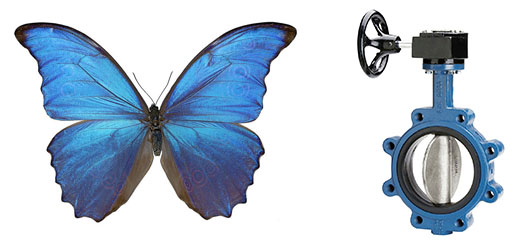
The structure of sanitary valve is simple. It controls the flow by rotating about the axis in the cylindrical passage of the butterfly valve body. When the disc reaches 90°, the valve is fully open; and when the disc reaches 0°, the valve is closed.
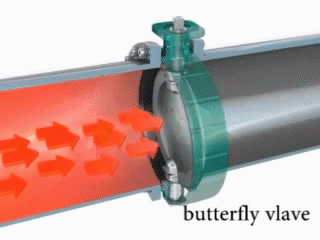
Sanitary ball valve
Sanitary ball valve is a common type in our life and is mainly used for fluid regulation and control. It achieves flow control by useing a hollow, perforated and pivoting ball. It is open when the ball’s hole is in line with the flow and closed when it is pivoted 90° by the valve handle.
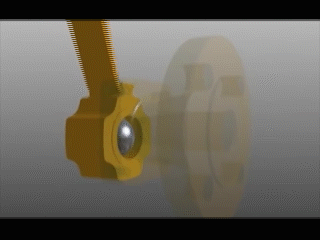
Sanitary check valve
Sanitary check valve, also known as a type of one-way valve, is used to prevent the flow from back in the media. Check valve usually has two ports, one for fluid to enter and the other for exit.
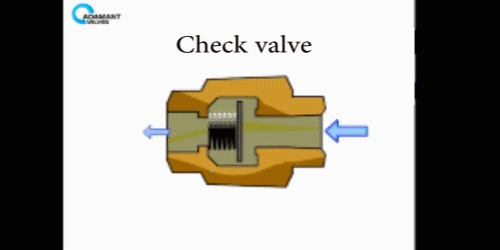
Other types of valves
Sanitary diaphragm valve, structurally different from the general valve, is a special type of shut-off valve. Its opening and closing member is a diaphragm made of soft material (elastic, corrosion-resistant, non-permeable material such as rubber and plastic), which separates the valve body cavity from the bonnet cavity and the driving member.
Sanitary pressure relief valve is one of the most important types of safety valves. This type of valve sets a limit on the rise of pressure within a hydraulic line. In normal operations, the valve is closed and no fluid passes through; but if the pressure in the line exceeds the limit, the valve opens to relieve the pressure. This protects expensive machinery such as motors pumps and actuators from becoming damaged from high-pressure. Without a relief valve, the pressure can continue to grow until another component fails and pressure is released.
Please visit http://www.adamantvalves.com/ for more information.
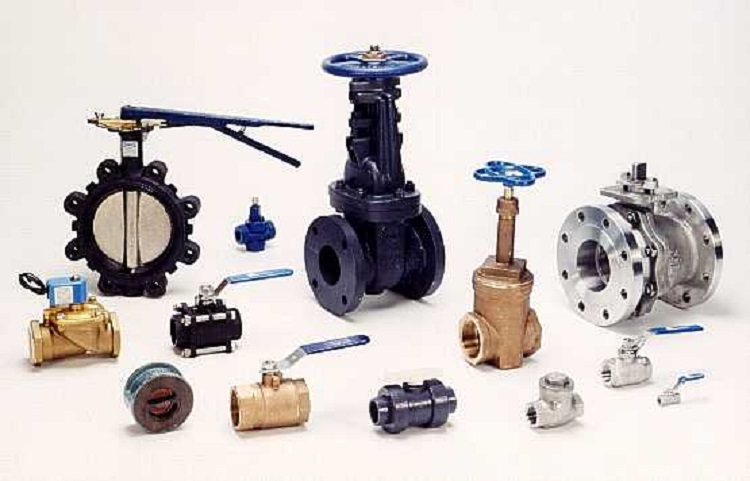


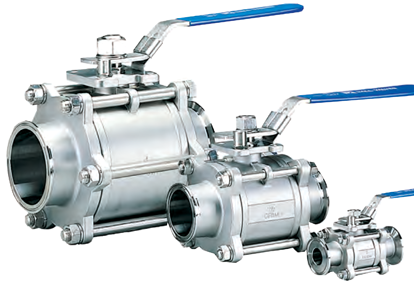

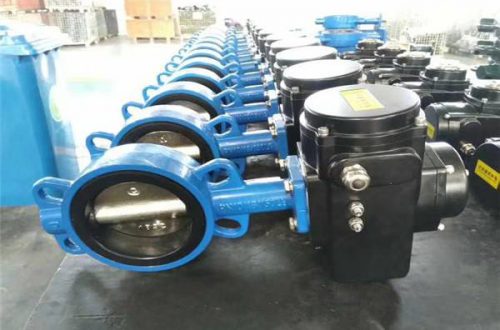
2 Comments
Pingback:
Pingback: